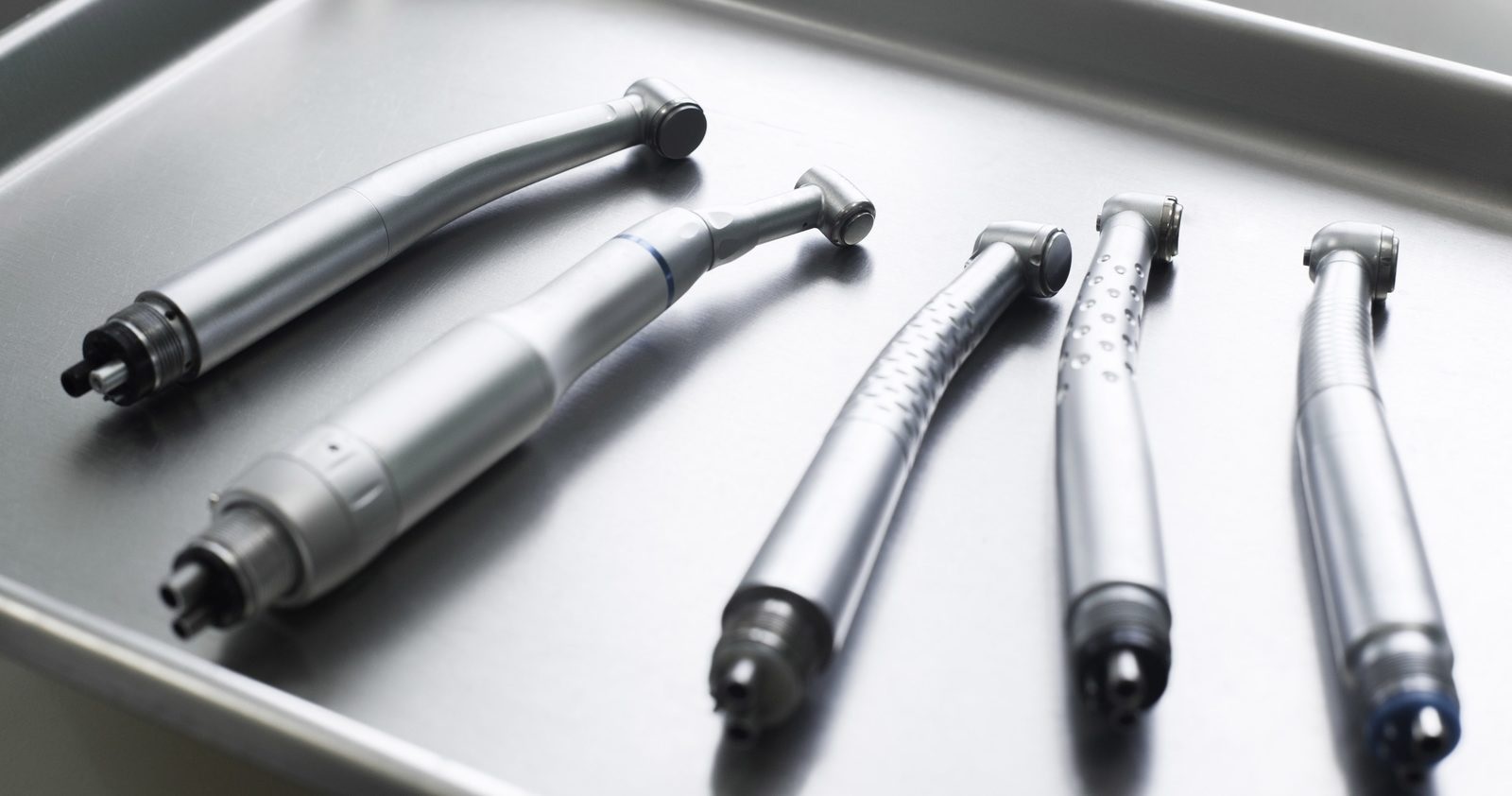The Complete Guide To Slow Speed Handpieces
When it comes to the tools of modern dentistry, few are as crucial yet often overlooked as the slow speed handpiece. It’s the unsung hero of precision work in the oral cavity. From shaping to polishing and even endodontics, a reliable slow speed handpiece is the trusty assistant every dentist relies on. In this comprehensive guide, we’ll cover the core aspects that every dental professional should know about slow speed handpieces – what they are, how they work, and why they’re indispensable.
Introduction to Slow Speed Handpieces: Their Importance in Dentistry
Slow speed handpieces are a dental instrument used in a variety of procedures that require a lower rotational speed than the high-speed handpieces. This device is an essential part of a dentist’s toolkit as it assists in tasks ranging from cutting bone, polishing fillings, and controlling droplets of water used to irrigate the work area, ensuring precision work without the need for interchanging handpieces constantly.
One could argue that beyond the dentist’s experience and skill, the quality of the slow speed handpiece can make a significant difference in the outcome of a procedure. A well-maintained and efficient slow speed handpiece ensures patients receive the best dental care possible while minimising errors and saving valuable chair time.
Overview of Slow Speed Handpieces: Parts and Functions
To understand the slow speed handpiece’s role fully, it’s crucial to get to grips with the intricate design and the roles each component plays. The construction of a slow speed handpiece is much less complex than its high-speed counterpart, consisting of a motor and a back-end attachment, but each part has a significant function.
The motor inside the slow speed handpiece is designed to operate at lower speeds — anywhere from 10,000 to 40,000 RPM. This ability to adjust speed gives the dentist control over cutting and polishing operations. The back-end attachment is where the various dental burs, mandrels, and discs are inserted. A spray of air and water prevents the area from overheating during procedures, and the motor can be reversed to help when removing fillings or crown work.
Types of Slow Speed Handpieces: Air-Driven vs. Electric
There are two primary types of slow-speed handpieces commonly utilised in dental practice today – air-driven (pneumatic) handpieces and electric handpieces. Each type comes with its own set of unique advantages and benefits. The air-driven handpieces rely on compressed air to operate, offering lightweight manoeuvrability and cost-effectiveness. On the other hand, electric handpieces are known for their consistent power output and precise control, making them a popular choice for certain procedures. Dentists often choose between these options based on personal comfort, clinical requirements, and the specific demands of the treatment being performed.
Air-Driven Slow Speed Handpieces
The traditional air-driven handpiece harnesses compressed air forced through a turbine to achieve rotation. This classic dental tool, known for its lightweight design, has been a reliable staple in dental practices worldwide for decades. Dentists who favour air-driven handpieces appreciate the familiarity, cost-effectiveness, and ease of maintenance that come with using these time-tested devices.
Electric Slow Speed Handpieces
Electric slow speed handpieces represent a contemporary evolution in dental technology, boasting a more consistent torque, enhanced accuracy, and the capability to maintain speed under various loads. This advancement offers a substantial upgrade in control and power delivery compared to conventional air-driven models. On the flip side, while electric handpieces provide superior performance, they do come with the trade-off of higher initial and maintenance costs, as well as a slightly heavier build when compared to their air-driven counterparts.
Advantages of Using Slow Speed Handpieces in Dental Procedures
The perks of using slow-speed handpieces are pretty cool, benefiting both the dentist’s comfort and the patient’s experience:
- Precision Boost: With the ability to adjust speed and stop quickly, dentists get precise control, especially for tricky procedures.
- Chill Vibes: Unlike those noisy high-speed tools, slow-speed devices run smoother and quieter, which can help patients relax.
- Super Versatile: These gadgets can handle all sorts of attachments for different dental jobs.
- Less Aerosol Sprays: The water spray feature not only cools things down but also cuts down on airborne stuff in the room.
- Kid-Friendly: Slower speeds and less noise make slow-speed handpieces safer and better for little ones in dental care.
Common Issues and Maintenance Tips for Slow Speed Handpieces
Like any gear, slow speed handpieces can wear out. Yet, with some regular TLC, you can keep them going strong. Watch out for overheating, speed drops, and vibrations. Check out these tips for keeping your slow speed handpiece in top-notch condition:
- Oil it Up: Air-driven handpieces need oiling for those turbine bearings. Electric ones have their own care routine too.
- Swap the Bearings: Bearings may wear out over time due to all that spinning and rubbing. It’s usually more cost-effective to replace them than to fix a slowdown.
- Dust and Grime: Dust and debris can block the water and air sprays, messing with the cooling system.
- Stay Sterile: Stick to the manufacturer’s guidelines for a proper clean to avoid any cross-contamination risks.
Repair and Maintain vs. Replace: When to Go with Which Option
When faced with the age-old dental dilemma of repair versus replacement for slow speed handpieces, the decision hinges on several factors. Considerations such as the extent of damage, the handpiece’s overall age, and the cost evaluation between the two options come into play.
Opting for repair proves to be the more economical route if simple fixes can restore functionality. However, should repair costs surpass the handpiece’s value or involve multiple components, replacing it becomes a more financially prudent choice.
For dentists who have established a bond with their equipment, the sentimental attachment to a reliable handpiece can influence the repair direction. Regardless of the chosen course, regular maintenance by certified technicians remains crucial to ensure optimal performance of your slow speed handpieces.
Conclusion: The Role of Slow Speed Handpieces in Modern Dentistry
The slow speed handpiece, often overshadowed by its high-speed counterpart, is essential in modern dentistry. With various functions tailored to dental procedures, these devices are crucial for precise patient care.
Understanding the types, functions, and maintenance of slow speed handpieces helps dentists unleash their full potential. Incorporating them into daily routines enhances patient outcomes and extends the lifespan of this vital dental tool.
In dentistry, each equipment piece, from the dental chair to imaging machinery, plays a role. The slow speed handpiece, refining and polishing teeth alongside dental expertise, embodies the blend of art and technology in oral healthcare.




